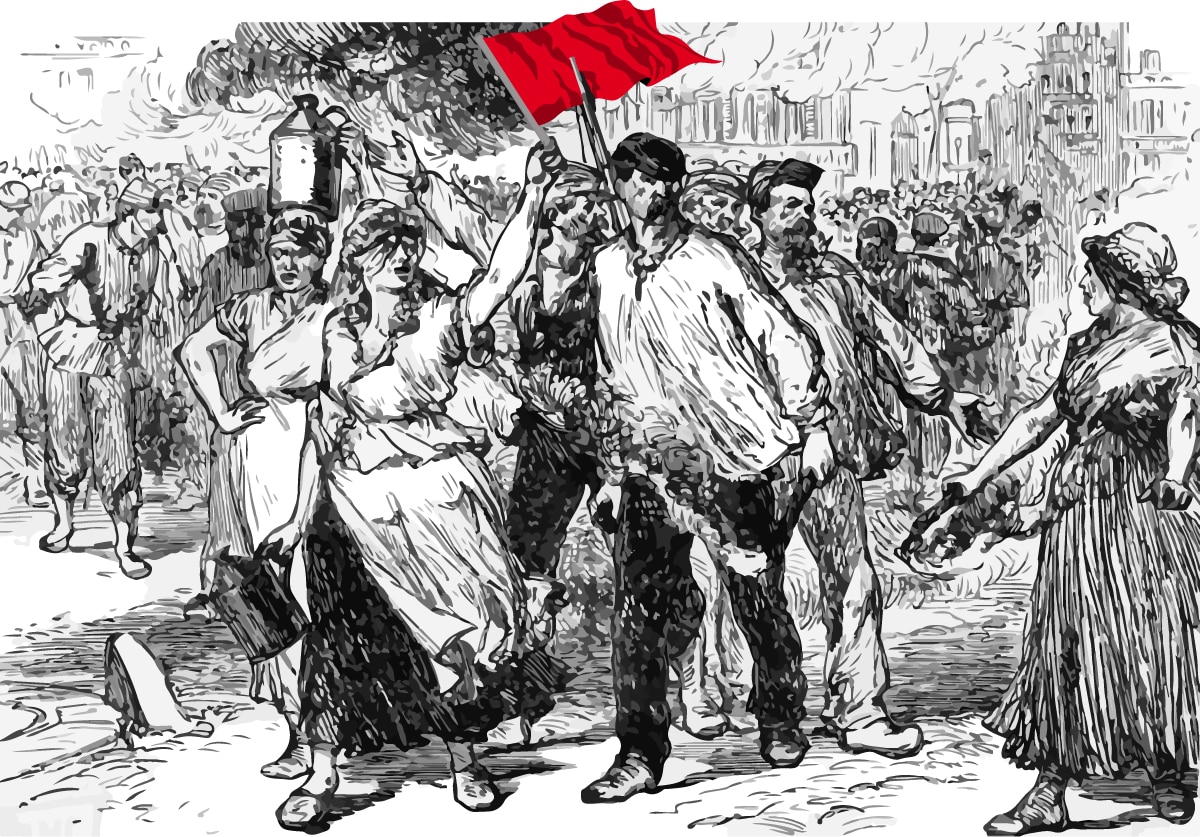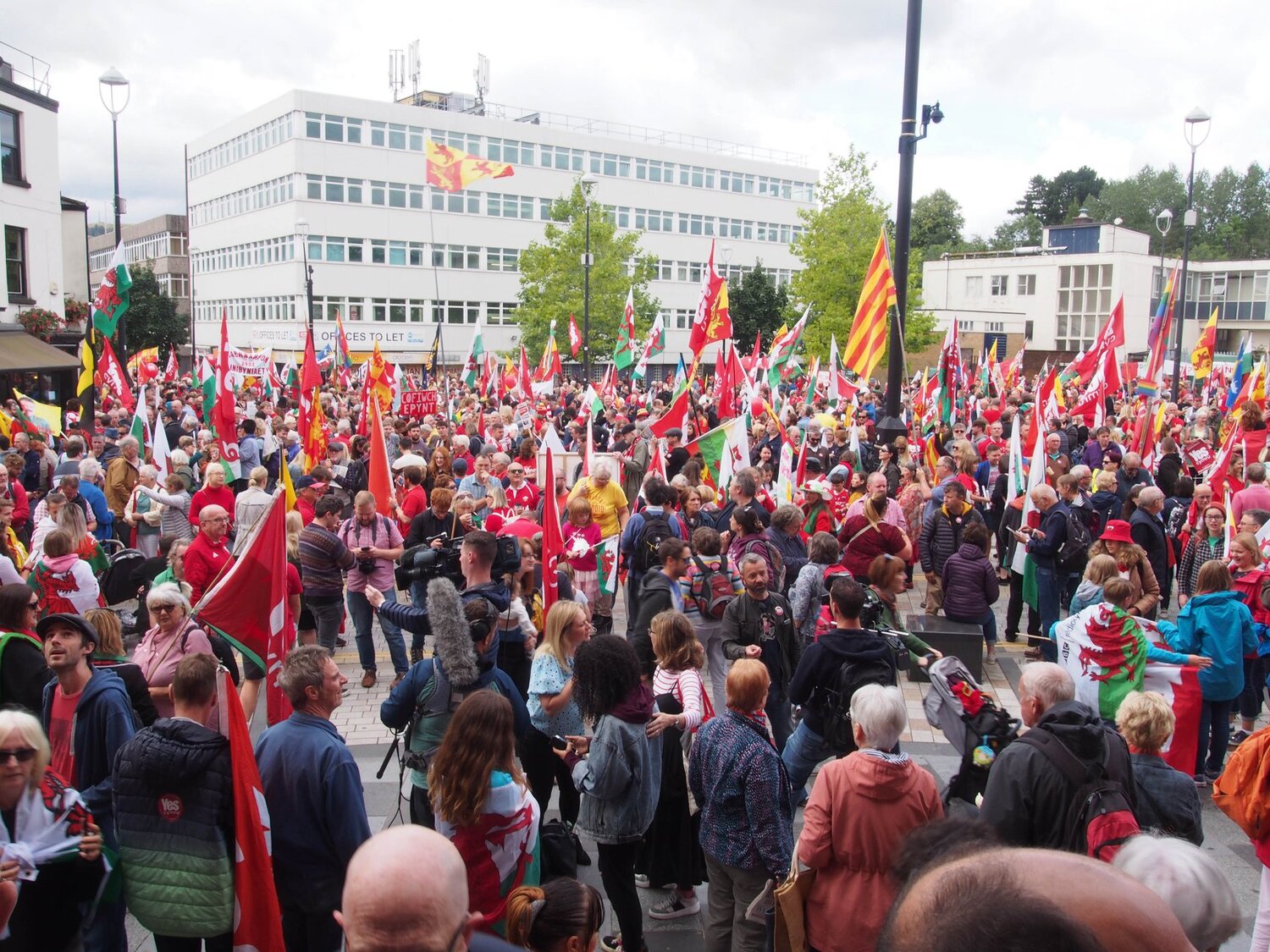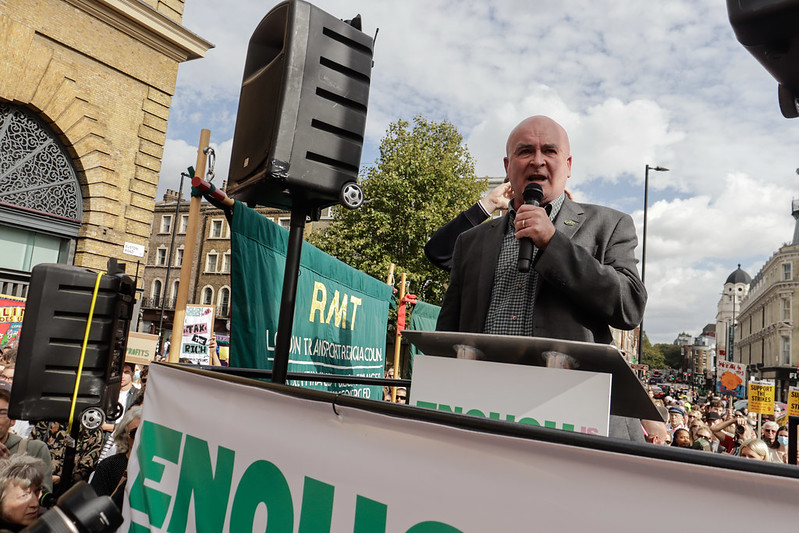
Marx, The Paris Commune & Socialism’s Two Souls: What Liberation Are We Fighting For? | Gareth Dale
At the heart of the Communist Manifesto of 1848, recalled Engels, was the idea that “the emancipation of the workers must be the act of the working class itself.”
Image: Illustration of the Paris Commune adapted from the century edition of Cassell’s History of England, (ca. 1900)
In the presidential elections in Peru earlier this month, the socialist candidate, Pedro Castillo, emerged triumphant and, unless a coup intervenes, will form a government committed to strengthening the economic role of the state and nationalising key industries.
Peru will join a sizeable group of states headed by socialist parties and politicians, including those who gained office through a popular vote, as in Portugal, Spain and Venezuela, as well as various communist dictatorships such as China, Cuba, North Korea and Vietnam.
Socialists have meanwhile gained a vocal presence in the Democratic Party in the US, and, closer to home, in the Labour Party during Jeremy Corbyn’s tenure as leader. And at the grassroots, socialist politics are kept alive and practically meaningful by the activists and campaigners, the ‘militant minorities’ within trade unions, peasant organisations and a broad range of social struggles across the world.
Is there a common ethos or vision that unifies these disparate states, parties and activist communities?
I shall argue there is not. Socialism, ever since its nineteenth-century inception, has encompassed diverse and in many respects incompatible projects.
One way to make sense of the miscellany is, following the Welsh socialist thinker Raymond Williams, to distinguish two tendencies within the socialist camp.
The first aspires to the social reform of capitalism. The aim is to push the promise of liberalism to its conclusion, through extending political liberties and abolishing legal inequalities.
The second, in contrast, identifies liberal market capitalism—competitive, individualistic and with enterprises in private hands—as the enemy of a truly ‘social’ order that benefits all. Here, the aim is to replace the liberal market economy with an alternative system based on social ownership and cooperation.
Williams’ approach is widely shared. But in equating capitalism with its idealised liberal self-representation, it is too hasty. Actually existing capitalisms in fact contain both competitive and anti-competitive dynamics, and owners of capital are not only individuals but above all institutions—such as corporations, pension funds, hedge funds, and states.
It follows that there are two distinct possibilities for challenging or overthrowing liberal-individualistic capitalism.
On one hand, it could occur through social movements creating popular institutions of ‘dual power’ and ultimately wresting control of society from the capitalist class to usher in a new, collective-democratic order.
On the other, it could happen through top-down restructuring to create a ‘nationally socialised’ version of the existing system, i.e. corporatism or state capitalism. These diametrically opposed outcomes are lumped together in Williams’ account.
A pithier and more coherent analysis is offered by the US Marxist Hal Draper. He identifies ‘two souls’ of socialism. The ‘two souls’ are analytical constructs; they do not correspond to social reality in its intricate messiness. They do, however, capture a meaningful essence.
The first construct, and far and away the most prevalent, is ‘socialism from above’ in its various forms. These programmes suppose the emancipation of the working classes and the alleviation of oppression to be necessarily designed and led by middle- and upper-class individuals and groups: members of parliament, party and union functionaries, and other political operators.
As with most political projects, they will normally seek mass support, but of a passive or tempered kind, allowing the project to accommodate to the hierarchical institutions of capitalist society.
An early ‘from above’ socialist was the Welsh textile magnate, Robert Owen. He advocated, in the words of his biographer G. D. H. Cole, “a sort of benevolent State Socialism, to be achieved by authority working from above.” Owen owned and managed a factory at New Lanark, which, with characteristic modesty, he declared to have been “the only attempt ever yet made to govern on the principle of Good and Truth.”
He reasoned that his New Lanark factory system, and a squatter-colonial outpost (‘New Harmony’) that he purchased on Indiana’s western frontier in 1825, should function as the seeds of an emergent socialist utopia. “Let society be now based on the same principle” as New Lanark and New Harmony, “and all evil will soon disappear.”
If Owen was an eccentric messiah of ‘socialism from above,’ its more sober and influential exponents emerged in Germany later the same century. German businesses were attempting to punch their way into British-dominated global markets, and in support of this campaign, German academics elaborated programmes of economic nationalism and state capitalism. In the same period, workers were flocking to the trade unions, and Marxist ideas were gaining a hearing within the Social Democratic Party (SPD).
In support of economic nationalism, and to counter the threats of workers’ unrest and Marxism, a group of liberal-socialist academics, the Kathedersozialisten, together with the SPD leader Ferdinand Lassalle, raised the banner of ‘state socialism.’
Their cause received a mighty boost in 1880 when the Chancellor, Otto von Bismarck, nationalised Prussia’s railways. It was essentially a war measure but the Kathedersozialisten saluted it as ‘state socialist.’ All governmental regulation of the economy is socialist, they maintained, and in economic terms socialism is simply centralisation. It is “the transformation of private and competing capitals into a united collective capital,” explained Albert Schäffle, a prominent Kathedersozialist.
If one decade clarified the distinction between socialism’s two souls it was the 1870s. It ended with Bismarck’s nationalisations, hailed by ‘from above’ socialists as a historic breakthrough.
But it had begun with the Paris Commune of 1871 which provided a beacon for the alternative tradition, pioneered by Karl Marx and Friedrich Engels.
Marx and Engels had already defined their philosophy as socialism ‘from below.’ Drawing inspiration from workers’ struggles, notably Chartism, and from the revolutions that convulsed Europe in 1848, they were the first to fuse together two previously separate aspirations: the socialist organisation of society and the democratic self-activity of working people. At the heart of the Communist Manifesto of 1848, recalled Engels, was the idea that “the emancipation of the workers must be the act of the working class itself.”
But the Paris Commune now provided the proof of concept. It was, said Marx, “a Revolution against the State itself.” It had demonstrated that working people can successfully mobilise to overthrow the capitalist state and construct their own, radically democratic institutions and practices. The Commune enabled Marx and Engels to spell out their view of socialism as revolutionary democracy, and to see more clearly that the institutions of bourgeois politics, geared as they are to embedding and consolidating relations of class hierarchy, could and must be supplanted by institutions of workers’ self-organisation.
Unlike bourgeois government run by elites “through an oligarchic club and the reading of the Times newspaper”, wrote Marx, the Commune showed “the people acting for itself by itself.”
Marx and Engels attempted to win support for their ideas in the SPD, but they were butting up against Lassalle and the influence of the Kathedersozialisten. Lassalle, in Marx’s paraphrase, believed socialism would arise not “from the revolutionary process of transformation of society” but from state loans to workers’ co-operatives. Marx scoffed at this—as if “a new society can be built through state loans, much as the building of a new railway!”
For his part, Engels wrote withering critiques of the Lassalleans and Kathedersozialisten ”who see in the nationalisation of something a half-way or preparatory measure” toward a socialist order. “The term ‘state socialism,’” he went on, “expresses no clear idea whatsoever, but is a purely journalistic expression, a mere phrase, with which one can mean anything or nothing. To argue about the real meaning of such a term is for the birds; its real meaning consists precisely in not having any.” It is “a pointless bit of twaddle.”
Later on, Engels developed the point. The modern state, “whatever its form, is an essentially capitalist machine, the state of capitalists, the ideal collective capitalist. The greater the productive forces it takes ownership of, and the more it becomes in reality a collective capitalist, the greater the number of citizens it exploits. The workers remain wage workers, proletarians; the capital relation is not aufgehoben, rather, it is intensified.”
Marx and Engels lost the battle for the soul of socialism. The idea that socialism, fundamentally, is a state-led project became increasingly prevalent in the SPD and among labour movements worldwide—including among most Marxists.
And yet, just as Chartism, the 1848 revolutions and the Paris Commune had inspired Marx and Engels to develop the case for ‘socialism from below,’ so in our century the welling up of mass movements and revolutions recreates the conditions in which the ‘from below’ reading of socialism can once again be developed and grow.
*Gareth Dale teaches politics at Brunel University. He previously taught at Swansea University. A new book he has co-edited, Revolutionary Rehearsals in the Neoliberal Age, published by Haymarket, is out now.



3 Comments
Comments are closed.